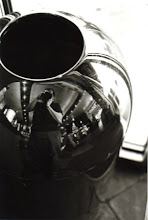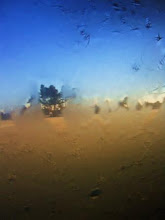




As with many cities, there’s a lot to see in the historic and romantic city of Prague. My wife and I are big into museums while on travel, so as usual, we hit many while on holiday there last year. Two of the museums that I enjoyed the most were the National Technical Museum and the Museum of Communism.
National Technical Museum:
A good friend I used to write service with, and fellow car enthusiast, highly recommended a visit to this museum as he had read about it. Fortunately, while we were there on holiday the museum had just reopened after an extensive remodel. After passing through the Cold War era façade, the museum offers a pretty amazing collection of planes, trains, automobiles, and motorcycles. Highlights include: a 1935 Jawa 750, a 1938 Mercedes Benz W154 Race Car, a Tatra T77 & T87, and a Nazi armored Mercedes Benz.
Museum of Communism:
While quite small, it does a good job of conveying the impact of communist oppression on the Czech people with the rise of Soviet control after WWII. I also left with a better sense of actually how intense, emotional, and important the Velvet Revolution was to the Czech people. In part, this was thanks to a movie they were showing in a part of the exhibit.



No comments:
Post a Comment